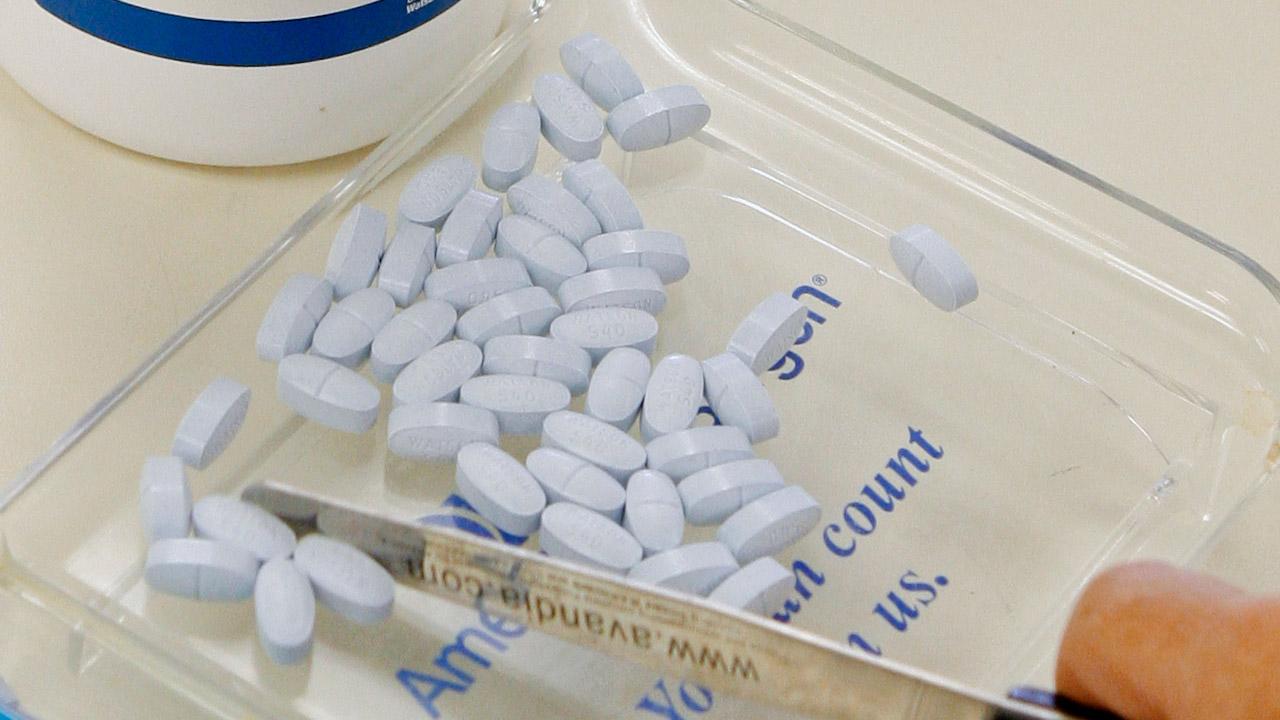Helping patients to better manage stress and improve coping strategies related to pain may minimize the need for opioids following ankle fracture surgery, according to new research appearing in the July 2017 issue of the Journal of the American Academy of Orthopaedic Surgeons.
The U.S. is facing an opioid epidemic, with millions of people dependent on or misusing prescription painkillers such as codeine, morphine, oxymorphone, tramadol, hydrocodone or oxycodone. In 2015 alone, more than 15,000 people died from overdoses involving prescription opioids. A 2016 Washington Post/Kaiser Family Foundation survey found that one in three patients (34 percent) who took opioids for at least two months reported being addicted or dependent.
“Opioid-centric pain relief strategies have led to safety concerns without adequately relieving pain,” says lead study author David Ring, MD, PhD, associate dean of comprehensive care and professor of surgery and perioperative care at the Dell Medical School at The University of Texas. “This is the latest in a series of studies demonstrating that pain relief after surgery or injury has more to do with calm and reassurance (self-efficacy) than with medication. Getting comfortable seems mostly about giving your body time to heal.”

(Image credit: Sue Ogrocki/Associated Press)
In the study, researchers sought to determine if opioid intake was associated with disability, satisfaction with surgery and pain relief, both at the time of suture removal (one-to-two weeks after surgery) and at the follow-up appointment, between five and eight months later. The study involved 99 adult patients at suture removal, and 59 of these patients at follow-up appointments. Disability, satisfaction and pain were measured through questionnaires.
Among the results:
- No association was found between opioid intake and disability, satisfaction with the surgery or satisfaction with pain management at the time of suture removal, or at follow-up appointments.
- Opioid use was independently associated with more reported pain with activity, and greater catastrophic thinking (excessive worry/rumination leading to anxiety and preventing patients from taking proactive steps to ease pain and discomfort) at suture removal and at follow-up appointments.
- Greater disability (limited mobility) also was associated with catastrophic thinking and a poor response to the surgery and pain.
- Eighty-three percent of patients (84) were using opioids at the time of suture removal. That number decreased to 14 out of 59 (24 percent) at the follow-up appointments.
The study authors say the results “demonstrate the need for a comprehensive approach to pain relief after surgery, including optimization of the patient’s mindset and circumstances (with effective coping strategies being most important) in addition to the use of analgesics, elevation, ice, and other physical strategies.”
Ring says “compassion, communication, and coordination” are key to minimizing opioid use following injury or surgery. “The pre-operative discussion of pain relief is important. Patients also should be screened for symptoms of depression, less-effective coping strategies, and/or the risk for misuse.”
If necessary, doctors should consult or partner with social workers, psychologists or psychiatrists to assist at-risk patients.
To highlight the potential dangers of opioids, the American Academy of Orthopaedic Surgeons launched a public service announcement (PSA) campaign earlier this year urging doctors and patients to exercise caution in prescribing and taking opioids. The PSAs were distributed to more than 5,000 media, including television and radio stations, print publications and outdoor billboard/ sign companies. In addition, the Academy offers a Pain Relief Tool Kit for doctors highlighting talking points and patient pain relief strategies. More information on the campaign is available at the AAOS patient information website, OrthoInfo.org.




